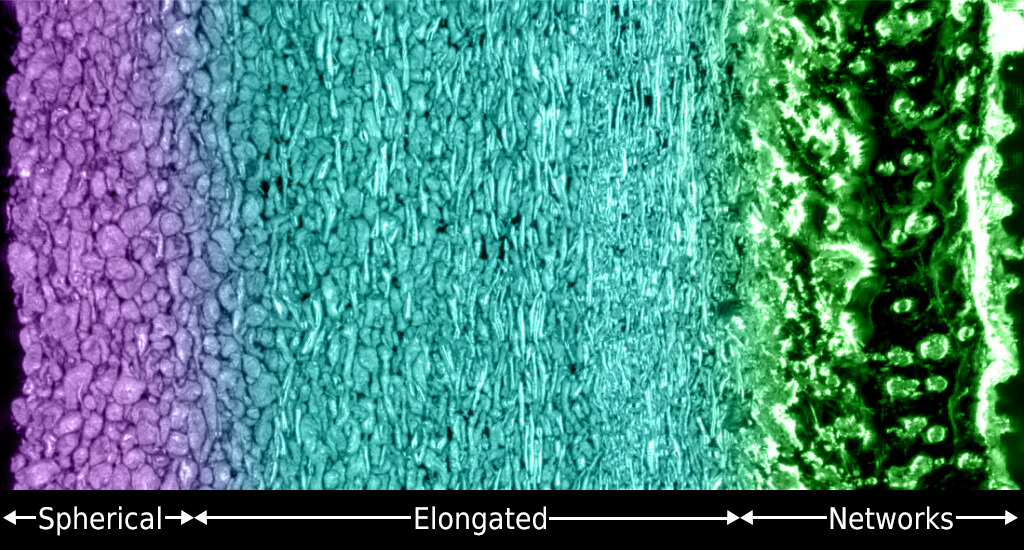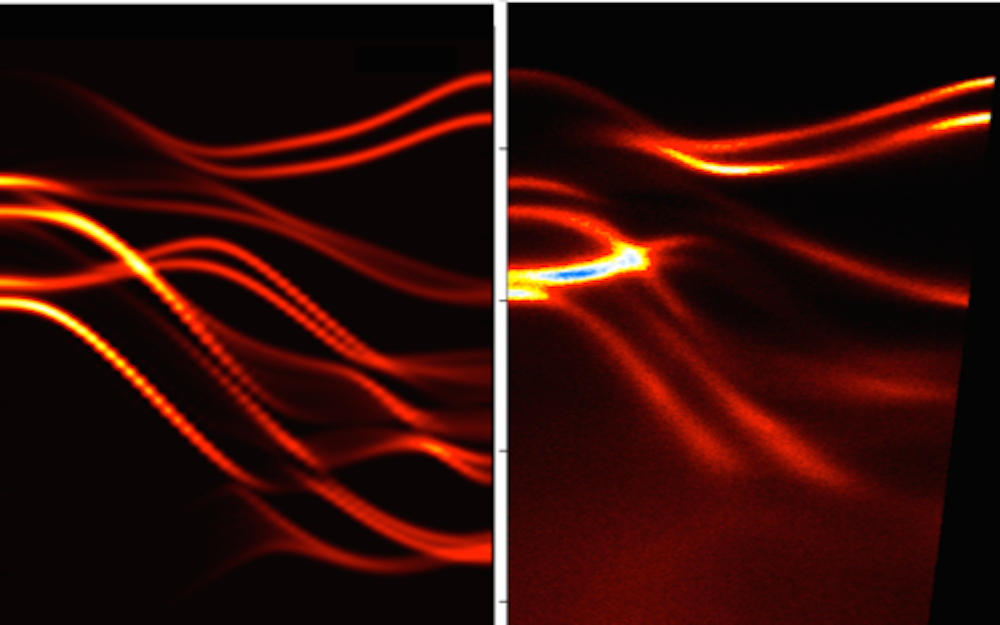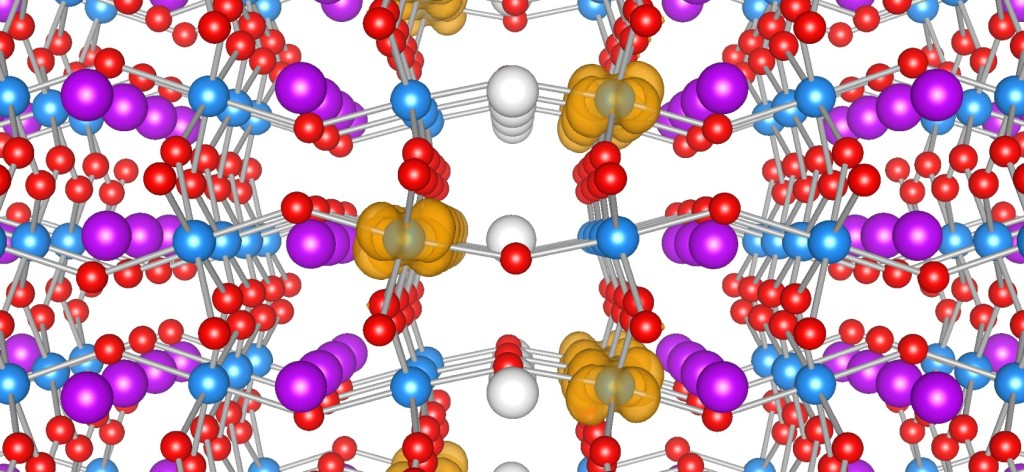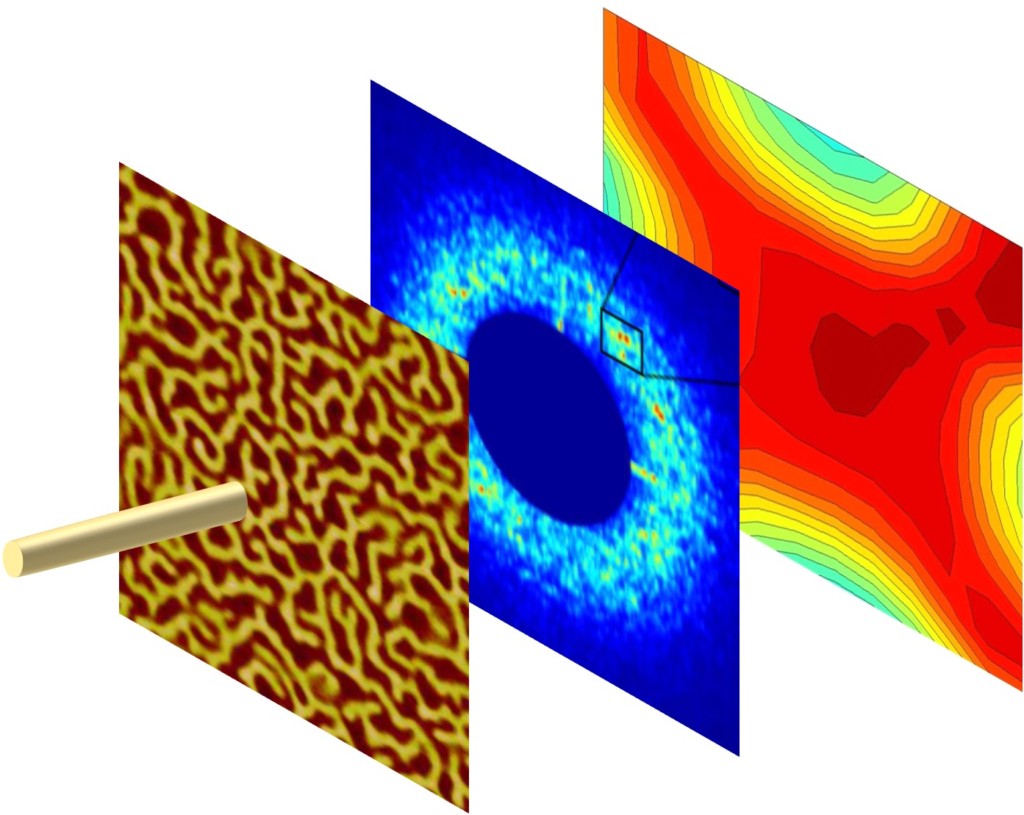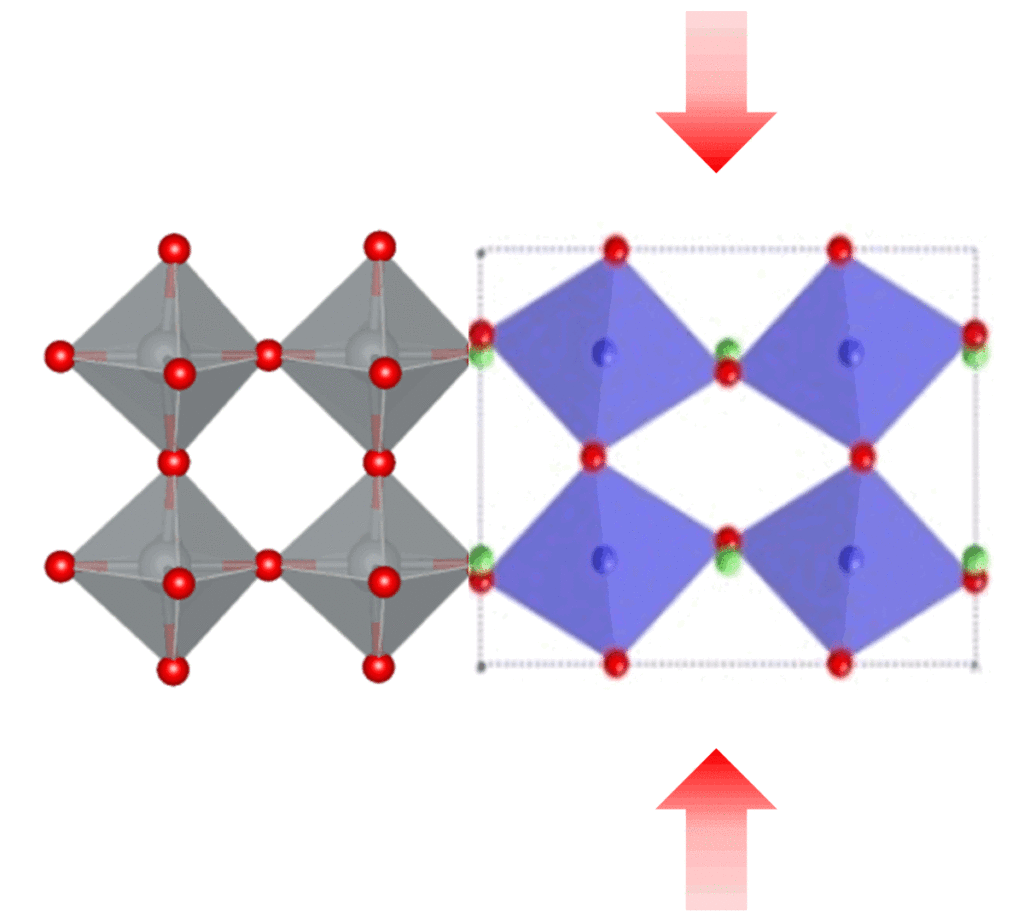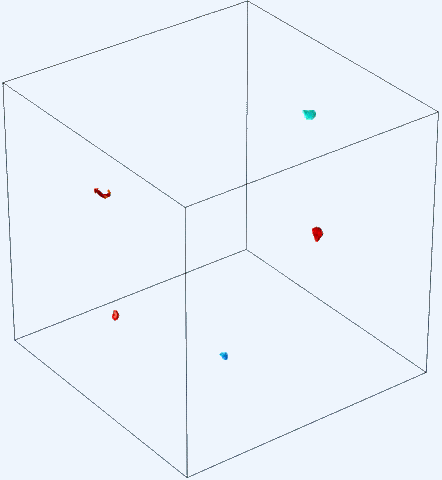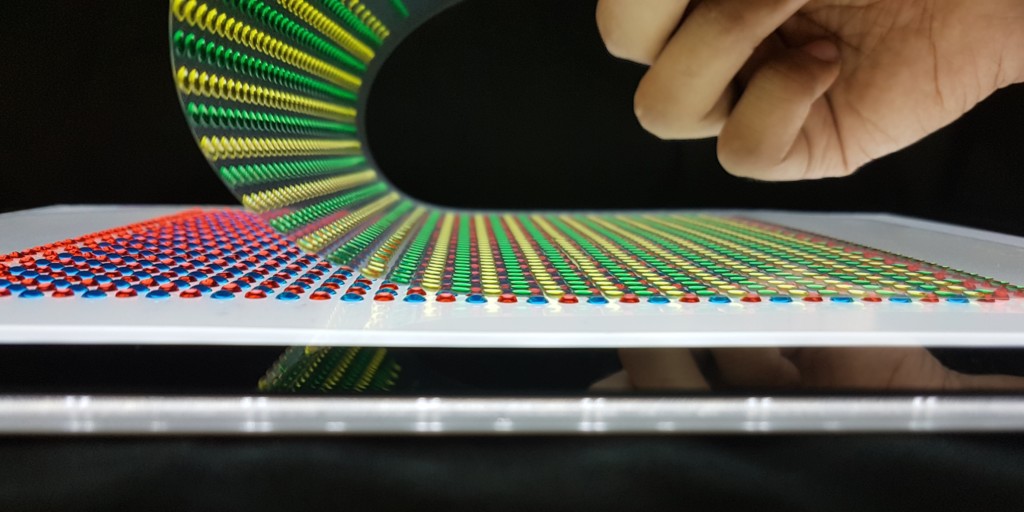Connecting the (Liquid Metal) Dots
ahaake2023-04-20T16:07:12-06:00The future of wearable electronics will be smart skins, e-textiles, and other flexible devices. To create these devices, we need new materials that can bend and stretch, but still conduct heat and electricity like traditional metals. Liquid metals to the rescue—read on to learn more!



